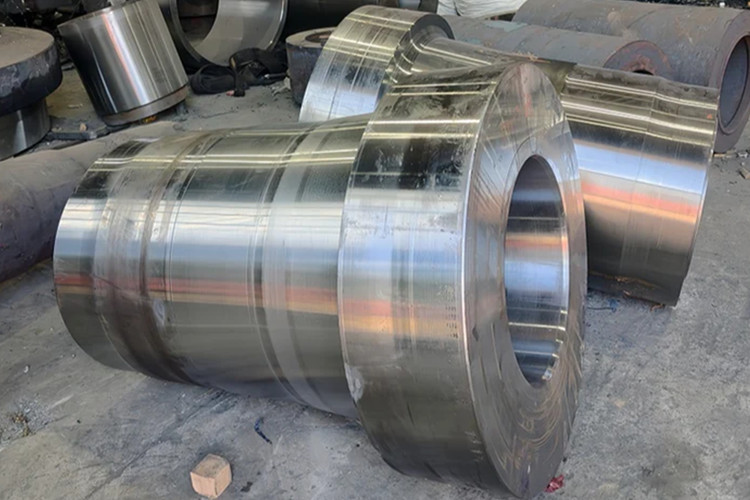- tyler@kirail.com
- +86 15603721115
The basic processes of free forging are: upsetting, elongation, punching, bending, cutting, twisting, dislocation and forging, etc., and the most commonly used processes in actual production are upsetting, elongation and punching.

1. Upsetting
This is a process to increase the diameter of the workpiece, often used to make heads or other parts that need to expand the diameter.
2. Drawing
In contrast to upsetting, drawing is a process to increase the length of the part by reducing the diameter. This is usually suitable for workpieces that require slender sections.
3. Punching
As the name suggests, punching is a process to make holes in the workpiece. It is usually used to connect or fix holes.
4. Bending
Bend the workpiece into a specific curve or angle.
5. Cutting
Used to cut off the workpiece or cut a part from the workpiece.
6. Twisting
Twisting the shape of the workpiece by rotating a part of the workpiece instead of the entire workpiece.
7. Dislocation
In forging, a part of a workpiece is moved to another position, usually in combination with other processes.
8. Forge welding
This is a process of joining two or more workpieces together by heating and forging under certain pressure.